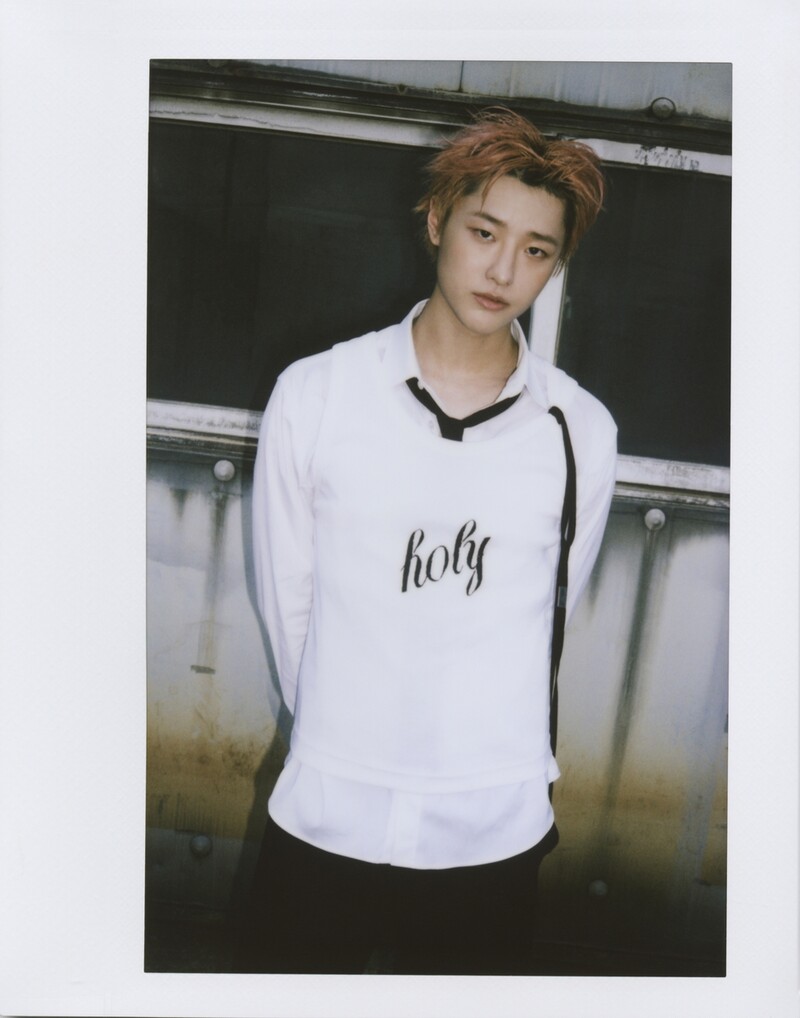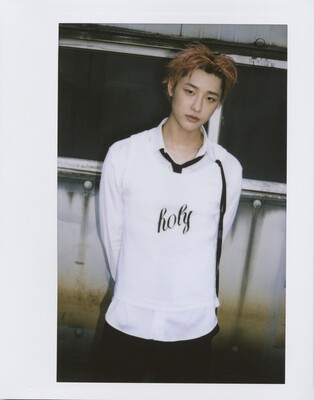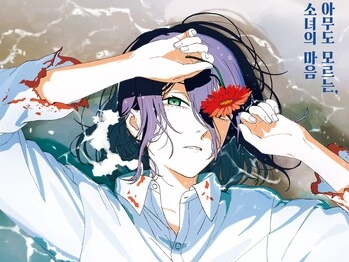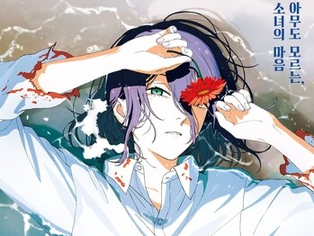(The following article was translated into English by artificial intelligence.)
Park Soo-keun's Hometown
It took about 2 hours and 30 minutes by car from Seoul to Yanggu. During the journey, I passed through Chuncheon and Hwacheon, and saw snow-capped mountains on the other side. When I arrived in Yanggu, the winter weather in the central and northern inland mountainous areas felt quite refreshing. On the way to the Yanggu Municipal Park Soo-keun Art Museum, murals decorated with representative works of Park Soo-keun and statues on apartment and house walls passed by outside the window. The scenery everywhere seemed to confirm that Yanggu was the birthplace of Park Soo-keun. I decided to first take a look around the art museum and then explore the streets slowly.
Stone walls welcoming visitors... First impressions of the art museum
I arrived near the Yanggu Municipal Park Soo-keun Art Museum. However, there were more than one or two visible buildings, so I couldn't tell where the museum was. There is also a park right next to it. When I narrowed my sight, I noticed a low stone wall stacked under a tree. The museum's name is engraved on rectangular stones embedded in the wall. It feels simple and open. A few steps further from the entrance, a unique building made of stacked stones high up caught my eye. Tall pine trees stand at regular intervals in front of it. The exterior of the building slopes gently like a hill and extends quite long. It is the Park Soo-keun Memorial Exhibition Hall, the main space of the Yanggu Municipal Park Soo-keun Art Museum.
Architect Lee Jong-ho (1957-2014), who designed the building, said, "The stone pile was made by stacking roughly broken granite stones about 30cm in size," and referred to it as "Park Soo-keun's material (texture)." The rough texture of Park Soo-keun's works is often cited as one of his characteristics. Perhaps because of this, Park Soo-keun's works naturally came to mind from the landscape at the entrance of the museum. Architect Lee Jong-ho participated as one of the exhibiting artists in the Korean Pavilion of the Venice Biennale Architecture Exhibition in 2002. The exhibited work was the Park Soo-keun Art Museum. The museum opened its doors that year.
Exhibition highlighting life and the world of art through collections
The Park Soo-keun Memorial Exhibition Hall is hosting a collection exhibition titled "Under the Tree." It is an exhibition that sheds light on Park Soo-keun's life and artistic world through photographs and artworks. I toured the exhibition while listening to explanations from the guide along with other visitors. It is known that Park Soo-keun dreamed of becoming a painter after seeing Millet's "The Gleaners" when he was around 12 years old. Having experienced the war, he worked as a dockworker and began working as a portrait painter at the PX (Post Exchange) within the US military base in 1952. The photos on display depict Park Soo-keun sitting on the porch of his house in Changsin-dong, Jongno-gu, Seoul, moments with his family, and the time when he painted portraits.
One of the works featured in the exhibition, titled "Under the Tree," was acquired by the museum in 2022. In the work, there is a depiction of a man and a woman working under a large tree. Faint shades of light are vaguely depicted at the ends of some branches of the tree. Other oil paintings such as "Two Women Under a Tree," "Idle Days," "Village Landscape," etc., are also on display. The landscapes in the works felt familiar and sometimes subtly powerful. Visitors, accompanied by guides, discussed the lifestyle of the 1950s and 1960s and anecdotes about Park Soo-keun while viewing the works. The exhibition was originally scheduled to run until October 3rd last year but has been extended until early March this year.
The charm of exploring the museum space
I moved on to explore other exhibition halls. The Yanggu Municipal Park Soo-keun Art Museum has a total of five completed exhibition halls. Among them, the Contemporary Art Museum stands out with its simple exterior. The next pavilion I visited, the Park Soo-keun Pavilion, has sturdy iron mesh surrounding its exterior. Behind the building, layers of granite, as seen at the entrance of the museum, are stacked again. After touring the interior, when you exit, you can see a simple house-shaped pavilion and a nearby river flowing next to it. The building and nature harmonize well. Architect Lee Jong-ho designed from the Park Soo-keun Memorial Exhibition Hall to the Contemporary Art Museum and the Park Soo-keun Pavilion. Considering the time span, it's been over 10 years.
The Contemporary Art Museum and the Park Soo-keun Pavilion are currently hosting an artist residency exhibition titled "Profound" as part of the Yanggu Misuk Village. Misuk Village is a village where artists settle in Yanggu to carry out artistic activities. Ten artists participate in the exhibition, showcasing various artworks. In the Park Soo-keun Art Museum, there is also a lifelike content exhibition called "Park Soo-keun Lachivium," as well as a Children's Art Museum. There are a total of five exhibition halls. After finishing the tour, I walked to the nearby Park Soo-keun Memorial Park. I could leisurely walk and view the various buildings of the museum from the outside. The museum site covers an area of about 53,000 square meters.
Murals, squares, and trees along the streets
After leaving the museum, my attention was immediately drawn to the murals on the walls of nearby residential fences. They depicted simplified images of scenes often seen in the paintings of the artist, such as trees, women carrying children on their backs, and people playing folk music. At the nearby Ye Pyungyeong Gallery, there is an ongoing exhibition titled "Art Project with Artists of the Park Soo-keun Art Museum." It is an exhibition titled "How We Remember Park Soo-keun," with the participation of five artists. Artworks are installed so that visitors can view them while walking along the street without crossing the threshold of the museum. As I moved further away from there, I saw murals on one side of four apartment buildings, each featuring images of Park Soo-keun's works. They were clearly visible from the surrounding roads. Upon closer inspection, it was written beneath each mural, "Folk Music," "Rest," "Earthenware," and "Changsin-dong Landscape." There is also a Park Soo-keun Square near the Yanggu-eup public parking lot. The square features a bronze statue of Park Soo-keun and artworks depicting his major works in bronze and stone.
I decided to look for the tree that Park Soo-keun often used as a motif during his elementary school days in Yanggu. If you go up the stairs behind the Yanggu Education Support Office, you'll see the "Park Soo-keun Tree.” This hill used to be the back mountain of the former Yanggu Public Elementary School, and it's noted on the signboard that Park Sugeun used to climb up here frequently to draw pictures. His friends gave it the name "Park Sugeun Tree." The species is an oak tree. Besides the art museum, there were many sights related to Park Sugeun scattered around.
The mysterious beauty of Paroho Peninsula
Now, we moved on to see another external landscape. About a 10-minute drive from Yanggu-eup, within Paroho Wetland, you can see an artificial island shaped like the Korean Peninsula called "Hanbando Island." When we arrived, we could see dozens of startled birds flying up from Paroho Lake as we sat at the entrance. There's a signpost at the entrance with the shape of the Korean Peninsula carved on it. A wooden deck connects to Hanbando Island. The horizon created by the deck and the surrounding trees reflected on the water's surface. Despite the cold winter, the lake and the sky provided a beautiful backdrop, making the scenery picturesque. At the entrance of the deck, you can see the reeds on Hanbando Island swaying in the wind. The nearby guideboards explain that Paroho Artificial Wetland was created for water purification and ecosystem restoration. Hanbando Island was developed within the 1.63 million square meters of Paroho Artificial Wetland, covering an area of 45,000 square meters.
Hanbando Island was charming. Inside, there are walking paths, photo spots, and nearby observatories. Looking out at the nearby scenery, the shape of the Korean Peninsula was clearly visible. Passing through Hanbando Island, you could once again see the blue lake, and beyond it, a series of large and small mountain ranges extended in twists and turns. It was a vast landscape, different from the city, displaying the beauty of nature. Come to think of it, you could easily encounter such scenery while traveling through Yanggu. In the quiet accommodations around Paroho, you could gaze up at many nights filled with stars as if they were pouring down from the sky.
(The following article was translated into English by artificial intelligence.)
(C) Yonhap News Agency. All Rights Reserved


















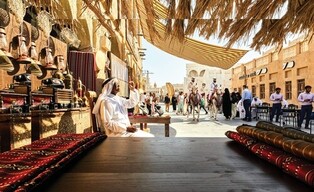



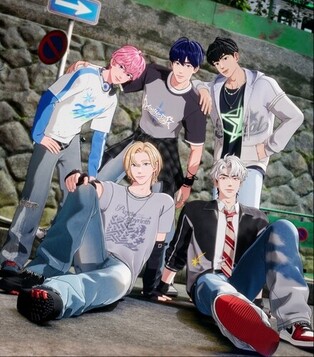

![[가요소식] 보이넥스트도어, 신보로 3연속 밀리언셀러 달성](/news/data/20251025/yna1065624915905018_166_h2.jpg)
